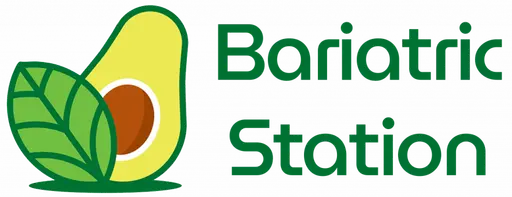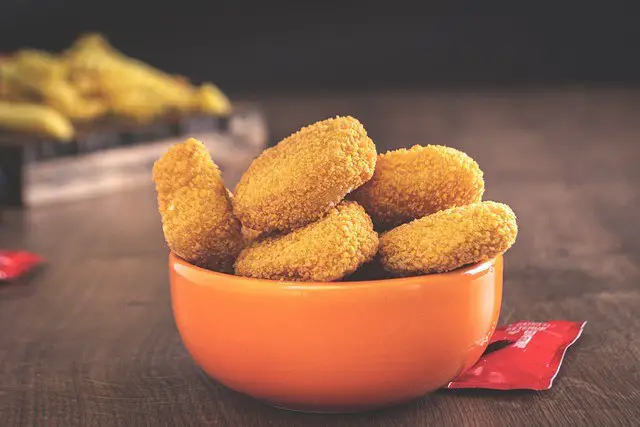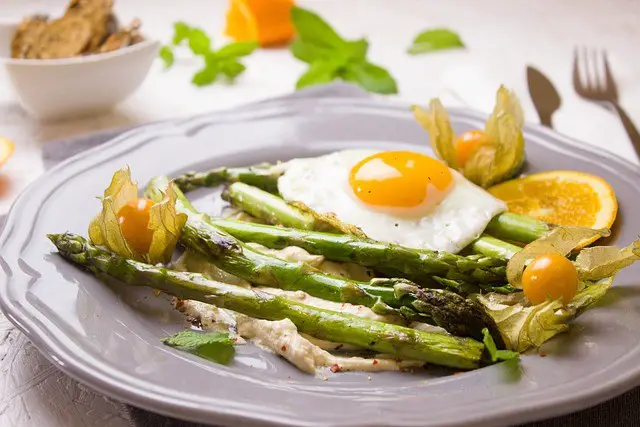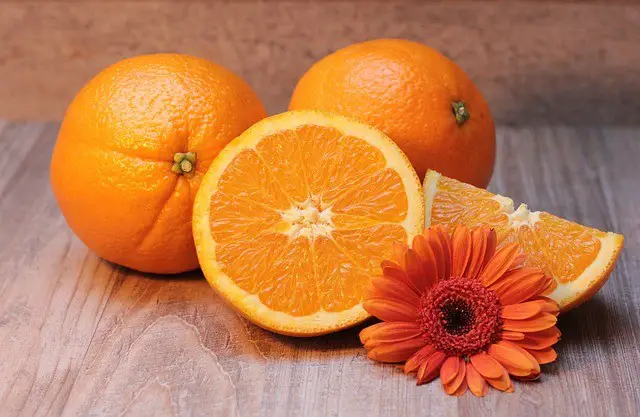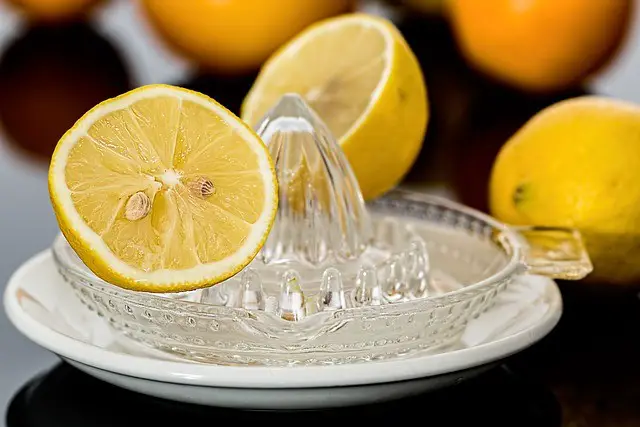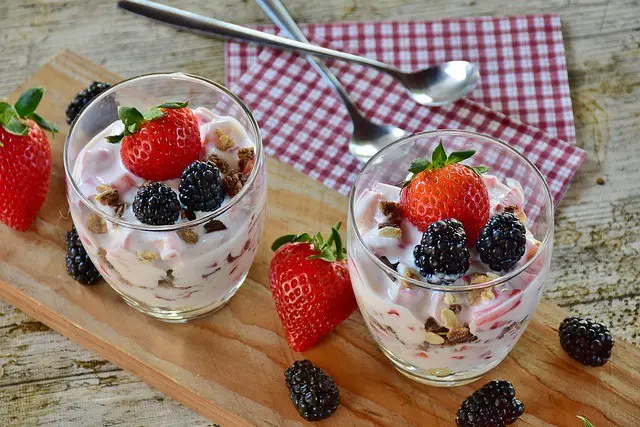Balance is key when it comes to nutrient consumption. However, different individuals have different requirements depending on their health status and goals. Macronutrient ratios are key in a healthy diet to ensure you meet your goals and your body is at its best.
Today’s focus is on the grams of protein in food chart. Why does this macro deserve the spotlight? Protein is the main building block of the body. What are its building blocks? Amino acids. Your body needs this macro for:
- Building and repairing muscles and tissues
- Growth and maintenance
- Control biological reactions i.e., enzymes
- Messaging i.e., hormones
- Building immunity
- Fluid balance.
What amount of protein is enough for all these jobs? How much should a food contain to be considered a good source of protein? Which foods are rich sources of this macro? You will get answers to these questions from today’s read. We will also provide you with a gram of protein in food chart, so you can know the content of common foods you consume.
Grams of Protein in Food Chart
Before we go digging into the grams of protein in food chart, it is important to know how much our bodies need to be able to perform all their functions.
How Much Proteins Should I Consume?

Consuming a balanced diet is not the only thing to focus on when trying to stay on a healthy diet. How much you consume also goes a long way. What intake is considered sufficient? The Dietary Guidelines for Americans 2020-2025, recommends for the average person to consume 0.8 grams of protein per kg body weight (0.36 g of protein per pound). The average adult requires approximately 50 g of protein per day, according to the Food and Drug Administration. This is what is needed for a sedentary life.
However, this value varies depending on physical activity, body composition, health status, and age. Individuals with minimum activity levels can consume 1 g per kg body weight (0.45 g of protein per pound). For moderate levels of exercise, the recommended intake is 1.3 g per kg body weight (0.59 g of protein per pound). People on intense exercises should consume 1.6-2 grams per kg body weight (0.72-0.9 g of protein per pound).
When it comes to health status, a sick person needs approximately 0.8- 1.5 grams depending on the severity of their illness. This range can go higher in burns, critically ill, kidney injury, and elderly patients. Depending on your needs, you will need to go for high-protein foods that will help you attain your desired goals.
Protein Foods List
When it comes to the choices of this macro, you have a variety of foods to pick from. You can get your it from plant-based sources or animal sources. The source matters. Animal products are complete proteins while plant-based protein sources are incomplete proteins.
Remember amino acids, its building block? Amino acids can be classified under essential amino acids and non-essential amino acids. The former refers to the type that cannot be synthesized by the body and is only found in the diet. The latter refers to those that can be synthesized by the body, even if we don’t consume them in our diet.
With plant-based foods, you will be missing out on some amino acids. This is why some people on plant-based diets supplement amino acids.
It is important to clarify that according to clinical nutrition, grams of protein do not account for grams of protein-rich food like meats but the amount of this macro in food.
Which foods are in the protein foods group that offers you dietary sources for your high-protein diet?
Healthy Protein Sources
The healthy sources include:
- Lean meat like organ meats, lean beef
- Poultry like chicken, ostrich, and turkey
- Game Meats
- Legumes like black beans, baked beans, white beans, kidney beans, and cickpeas
- Seafood and Fatty types of fish like light tuna, salmon, and trout
- Dairy products like cheese and Greek yogurt
- Nuts and nut butter like peanut butter
- Seeds like squash seeds, sunflower seeds, and pumpkin seeds
When on plant-based diets, you also do have a variety of foods to choose from. These are the variety of sources to choose from:
- Vegan meats and meat substitutes like tofu
- Whole grains like quinoa
- Soy products
- Nondairy milk
- Protein fruits like bananas, blackberries, guavas, and avocado
- Protein vegetables like green peas, spinach, artichokes, asparagus, and mushrooms
An individual on a well-planned vegetarian diet can get all the essential amino acids since some vegetarian protein foods like quinoa are complete proteins.
When choosing your animal-based sources, avoid processed varieties like deli meats, meat sausages, and canned meats since they have a high saturated fat and sodium content that can increase the risk of heart disease.
Top 10 Protein Foods
You may have a variety of foods, but some are healthier than others and have a higher content of this macro. Your healthy protein foods with the highest content include:
Chicken
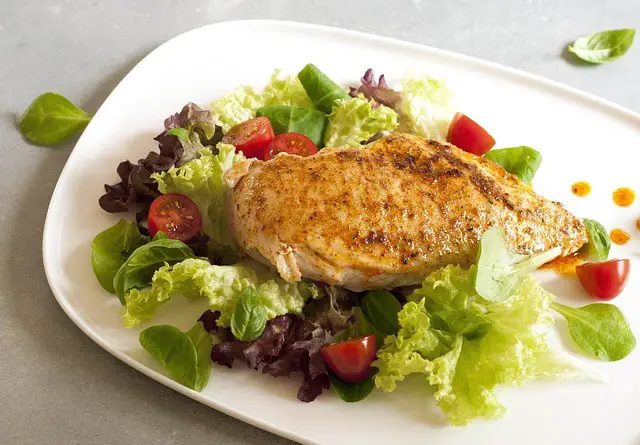
Compared to organ meats, game meats, deli meats and other lean proteins, chicken is an excellent source of protein. According to the USDA, a 100 g serving of skinless chicken contains 32.1 g of protein. The chicken comes with a variety of cuts that have different content. Chicken breast is the leanest cut and contains the most protein. Skinless chicken breast has a protein-to-fat ratio of 9:1. Let’s compare the content of other poultry in a 100 g serving to that of chicken:
- Turkey: 29.1 g
- Duck: 19 g
- Goose: 25.2 g
What about chicken in comparison to a 100 g serving of other meats:
- Organ meats: 12-20 g
- Lean Ground Beef: 22 g
- Meat Sausages: 13.3 g
- Lamb: 16.6 g
- Game meat: 20-26 g
Eggs
These are one of the best food sources of protein. Whether it is scrambled, boiled, or poached eggs, you are guaranteed to get a significant amount of this macro for your needs. The good news is the less restrictive vegetarian diets do allow you to incorporate eggs into your diet. One large, cooked egg will provide you with 6.26 g of protein.
In addition to protein, eggs are a source of healthy fats like omega 3 that are good for your heart. They are also rich in vitamins A, B, and D and selenium. You can get antioxidants from eating eggs to keep chronic diseases at bay. You can consume as many eggs as possible on a varied diet but speak to your doctor to ensure there are no limitations.
Tuna
If you’re looking to increase your protein intake, then Tuna is a good option for you. Fresh tuna is always better than canned tuna due to its low sodium content. Talking about grams of protein in food chart, this fatty fish contains a high protein content compared to others. In 100 g of freshly cooked tuna, you will get 29.9 g of protein. How about compared to common seafood and fish commonly consumed? (the values are in 100 g serving size)
- Salmon: 24.6 g
- Trout: 22.9 g
- Tilapia: 26.2 g
- Shrimp: 24 g
- Canned tuna (in water): 19 g
Lean Beef
Although chicken has a higher protein content than beef, it still counts as one of the healthy protein foods. Different cuts of beef have different protein content. The cuts of beef with the highest protein content in 100 g serving size include:
- Eye of round: 23.4 g
- Knuckle steak: 26.9 g
- Top sirloin: 30.6 g
- Bottom round steak: 27.2 g
- Skirt steak: 28.9 g
Let’s compare the protein content of lean beef with that of common beef products in a 100 g serving size:
- Beef deli meats: 18.6 g
- Canned beef: 27.1 g
- Beef hamburgers: 26.4 g
- Beef hotdog: 11.7 g
- Veal: 14 g
Canned and processed meats are high in saturated fats and sodium content and are best avoided.
Tofu

I definitely had to give you a plant-based alternative that is protein rich. In 100 g of tofu, you will get 18.8 g of protein. Why would we pick tofu over other soy products as a high-protein food? Soy products contain the following amounts of protein in 100 g:
- Tempeh: 19.9 g
- Soymilk: 3.41 g
- Soy protein powder: 55.6 g
- Cooked soybeans: 12.4 g
- Soy yogurt: 3.5 g
The regular serving size of protein powder is a tablespoon or two. One tbsp serving of soy-based protein powder gives you 25 g of protein.
Lentils
Lentils are rich in fiber, protein, and antioxidants. In 100 g of stir-fried lentils, you will get 8.8 g of protein. The protein content of other cooked legumes compared to lentils in the same 100 g serving is as follows:
- White beans: 9.73 g
- Black beans: 8.86 g
- Kidney beans: 8.67 g
- Green Peas: 5.36 g
- Chickpeas: 8.86 g
- Pinto beans: 9.01 g
- Lima beans: 6.81 g
Greek Yogurt
Plain Greek yogurt contains probiotics that can be good for your gut health. In addition, it can be a great source of protein in your varied diet. A 100 g serving of plain Greek yogurt made from whole milk will give you 9 g of protein. The low-fat variety provides 9.95 g of protein while the nonfat yogurt contains 10.2 g of protein.
There are natural ways of flavoring your Greek yogurt that could not only add flavor to it but increase your protein intake.
Cheese
Another dairy product that is an excellent protein source is cheese. High protein cheese options and their protein content in 100 g include:
- Parmesan Cheese: 28.4 g
- Romano cheese: 31.8 g
- Swiss Cheese: 27 g
- Mozzarella cheese: 23.7 g
- Cheddar cheese: 23.3 g
- Gouda cheese: 24.9 g
Don’t be afraid to top your salads with cheese for additional protein to build your muscle mass.
Pumpkin and Squash Seeds
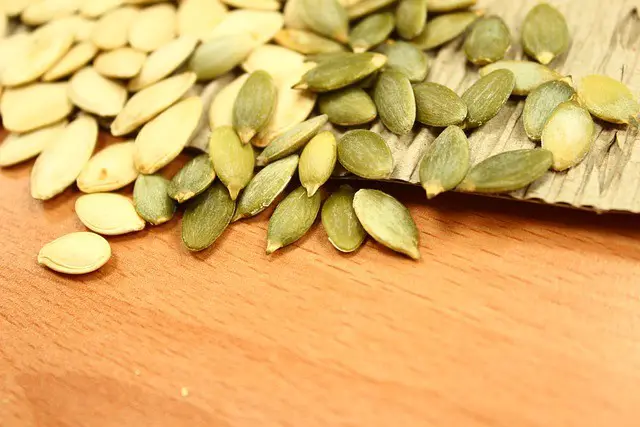
Seeds are also great sources of proteins. Pumpkin and squash seeds are among the seeds with the most protein content. In 100 g of pumpkin and squash seeds, you will get 29.8 g of protein. Other common seeds have the following amounts of protein in 100 g servings:
- Chia seeds: 16.5 g
- Sunflower seeds: 21 g
- Flaxseeds: 18 g
- Hempseeds: 31.6 g
Seeds will also provide you with fiber, healthy fats, and B vitamins.
Protein Powders
You’re pressed for time, but still want to get enough protein, what do you do? Add a scoop of protein powder into your shake or smoothie to increase your protein intake without going through the tedious process of meal prepping. There are protein powders to fit into whichever diet you choose to consume. Here are some powders you can add and their protein content in a scoop serving:
- Whey protein: 16.6 g
- Pea protein powder: 15 g
- Casein protein powder: 24 g
- Egg protein powder: 16 g
- Hemp protein powder: 12 g
Plant-based protein powders can be vegetarian protein foods that help you meet your macronutrient target.
Some of the high protein foods mentioned above are allowed on a low carb diet, but others are not. Meats, poultry, cheeses, nuts and seeds and yogurt are allowed on the keto diet because they are low in carbs. Legumes, although a good source of protein, are not recommended on low carb diets because they have a high carb content. Consuming legumes will increase your blood sugar and insulin levels, which kicks you out of ketosis and reduces fat burning. Choose animal protein sources to stay within your carb limits on keto.
Which Vegetable has the Most Protein?
Green peas are the vegetables with the highest protein content. A cup of boiled peas contains 8.58 g of protein. People consider green peas as vegetables because of their color and cooking methods. However, they are legumes. In comparison with other vegetables, they are considered one of the protein vegetables.
Finally
This article was to provide you with grams of protein in food chart reference to help reach your protein requirements. You have seen which foods have the highest protein content, and how they compare with foods in their food groups. You can speak to a health coach to get information on where all the accurate materials are on this particular topic.
We’d love to hear you incorporate healthy protein foods into your various diets, whether meat and green diet or the keto diet. Leave your answers below!
